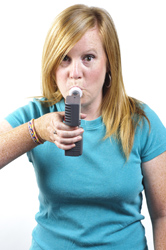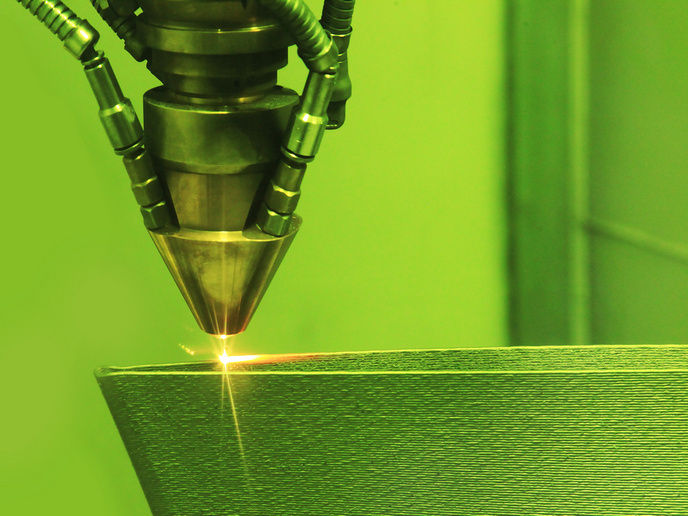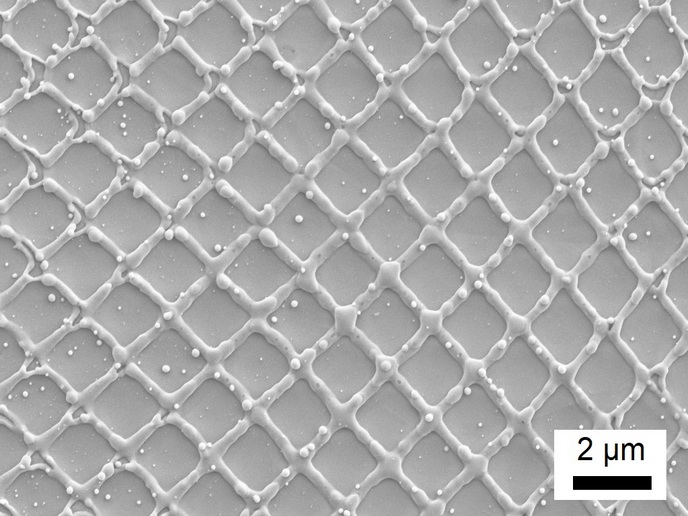Rapid breath analyser detects multiple molecules simultaneously
An increase in hydrogen peroxide (H2O2) concentration in exhaled breath is considered a reliable indicator of lung diseases such as asthma and chronic obstructive pulmonary diseases. It has also been linked to exposure to air pollutants such as ozone (O3). Sensitive and accurate measurement and monitoring of biomarkers in exhaled breath is a non-invasive way to obtain reliable information relevant to the diagnosis and treatment of disease processes. Infrared (IR) lasers (in particular, continuous wave quantum cascade lasers (cw-QCLs)) with specialisation for spectroscopic use have been widely used to determine the contents of samples for medical, military and environmental purposes. However, the specialisation imposes a narrow tuning restriction on the spectral range that requires the use of multiple QCLs to detect multiple molecules. EU support of the project 'Ultrasensitive quantum cascade laser spectroscopy for the heterodyne detection of exhaled biomarkers ' (QCLASER NOSE) enabled scientists to develop a small, A4-size instrument capable of detecting several medically relevant molecules. Consisting of a QCL chip in an external cavity (EC) of wide tuning range, the instrument exhibits fast tuning speed and high resolution as well as exploiting a novel technique, integrated cavity output spectroscopy (ICOS). The inherent flexibility of the design facilitates use of the instrumentation with other QCLs at other wavelengths without changing the EC configuration. Scientists demonstrated its ability to detect any absorption in the mid-IR wavelength region of 8 micrometres that is characteristic of numerous biologically relevant molecules. The QCLASER NOSE sensor was able to detect a variety of gases within a few seconds. ICOS makes it particularly useful for the detection of trace concentrations of biomarkers in exhaled breath. Eventual commercialisation of the small and easy-to-use system could have important impact on disease diagnosis and even in preventive medicine.







